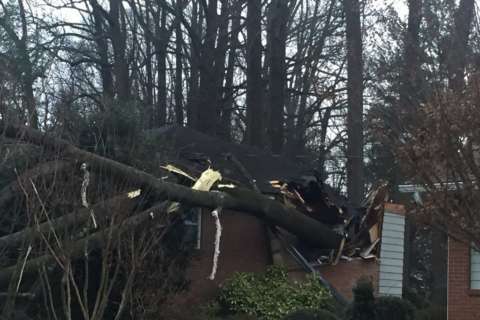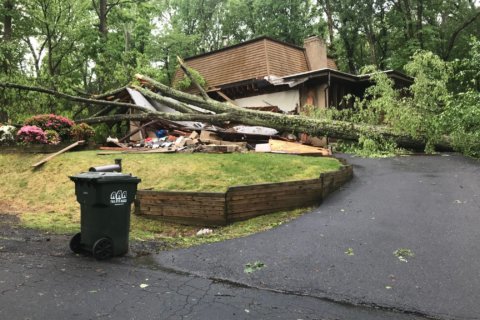WASHINGTON — Much like it’s easy for you to slip on a wet floor — tree roots can slip out of the ground when there’s wet soil. And, some species are more susceptible than others.
Trees with shallow root systems that are more likely to topple include the tulip poplar, magnolias, some maples and Bradford pears, according to an expert arborist.
“They have strange, ropy root systems that don’t have a lot of root hairs and because they don’t have as much surface area, they sometimes are not as well anchored as some other species,” head of horticulture and education at the U.S. National Arboretum Scott Aker said.
Trees that are more likely to come down also include those that are unbalanced from the loss of branches on one side, that are leaning from recent wind storms or have damaged roots.
“Particularly if they were damaged on one side due to trenching or any kind of digging or excavating, that kind of thing,” Aker said.
Root damage isn’t always obvious. It could be present because of surfaces that don’t allow roots to breathe and grow.
“They really are unable to grow roots under a sidewalk or a driveway or pavement because there’s no oxygen there,” Aker said.
If you think a tree might be at risk of toppling in saturated soil, there is a last-minute sign it’s about to fall: If there’s any wind at all and movement at the top of the tree, you’ll see mud begin to bubble up from the ground. That’s when you don’t want to be anywhere nearby.
“That’s a really hazardous situation.” Aker said. “Just be aware of trees and be aware of where you are and think about — ‘If that tree were to fall, what would it fall on?’”








